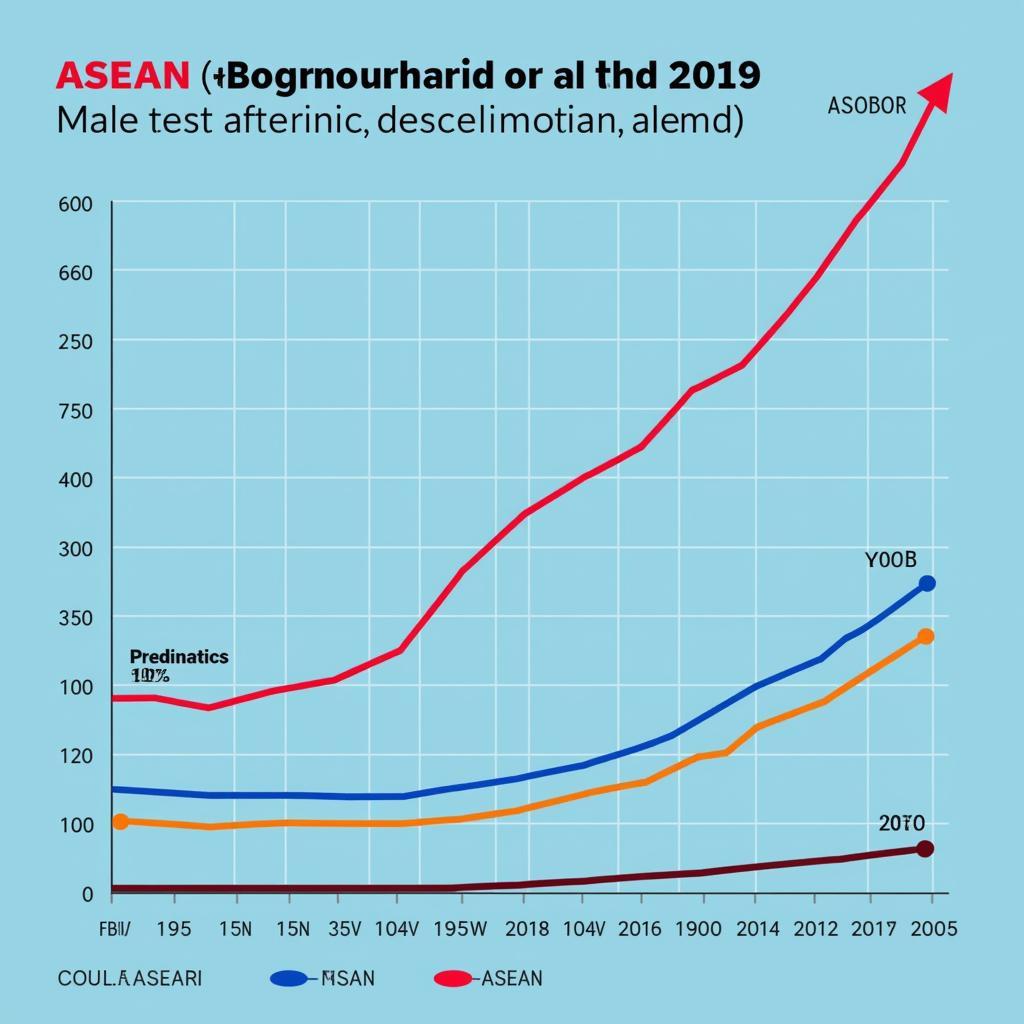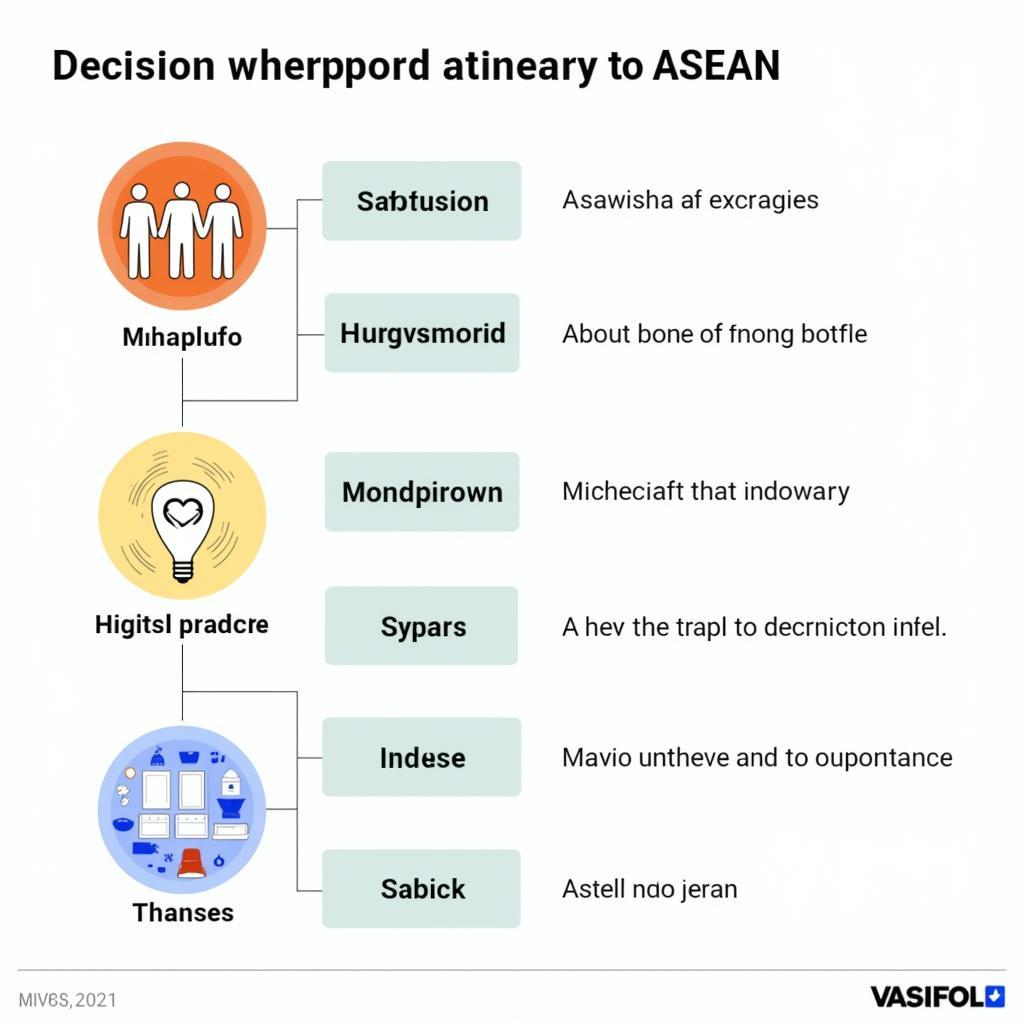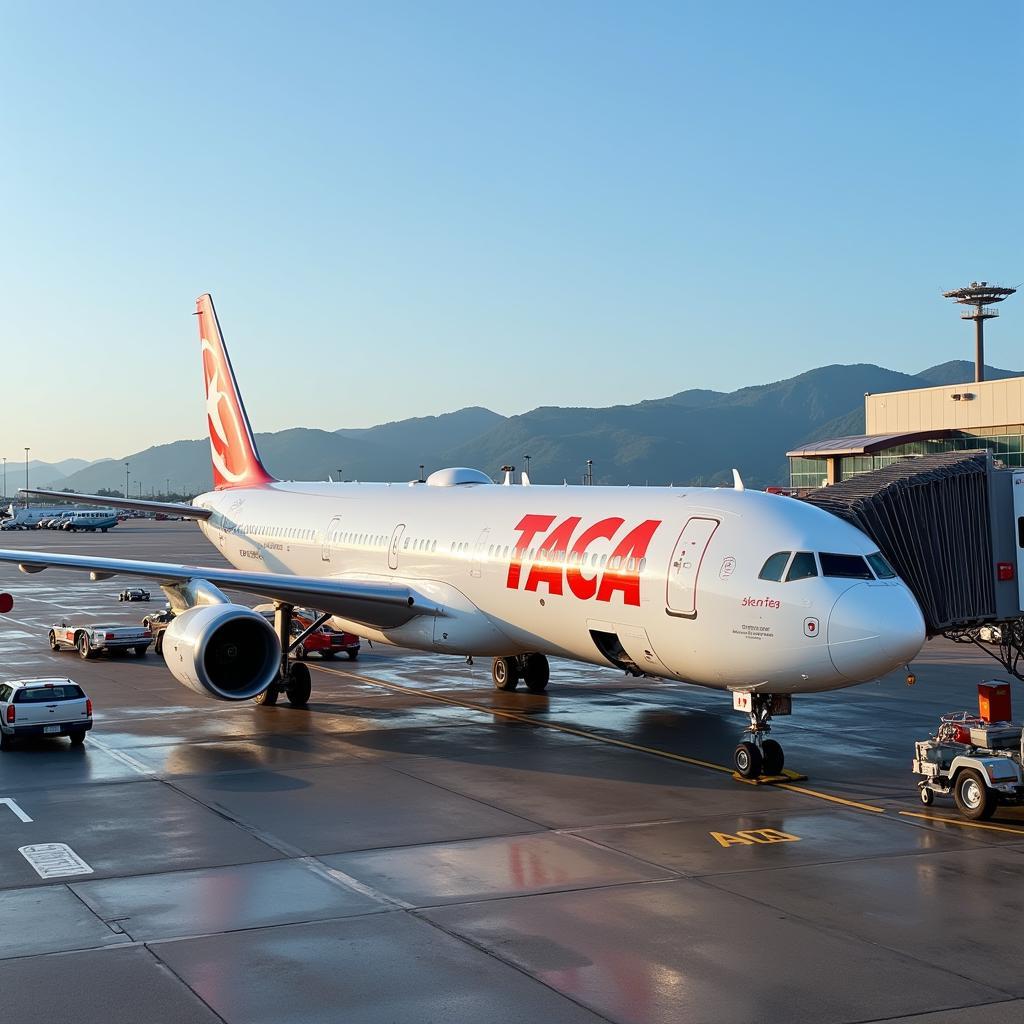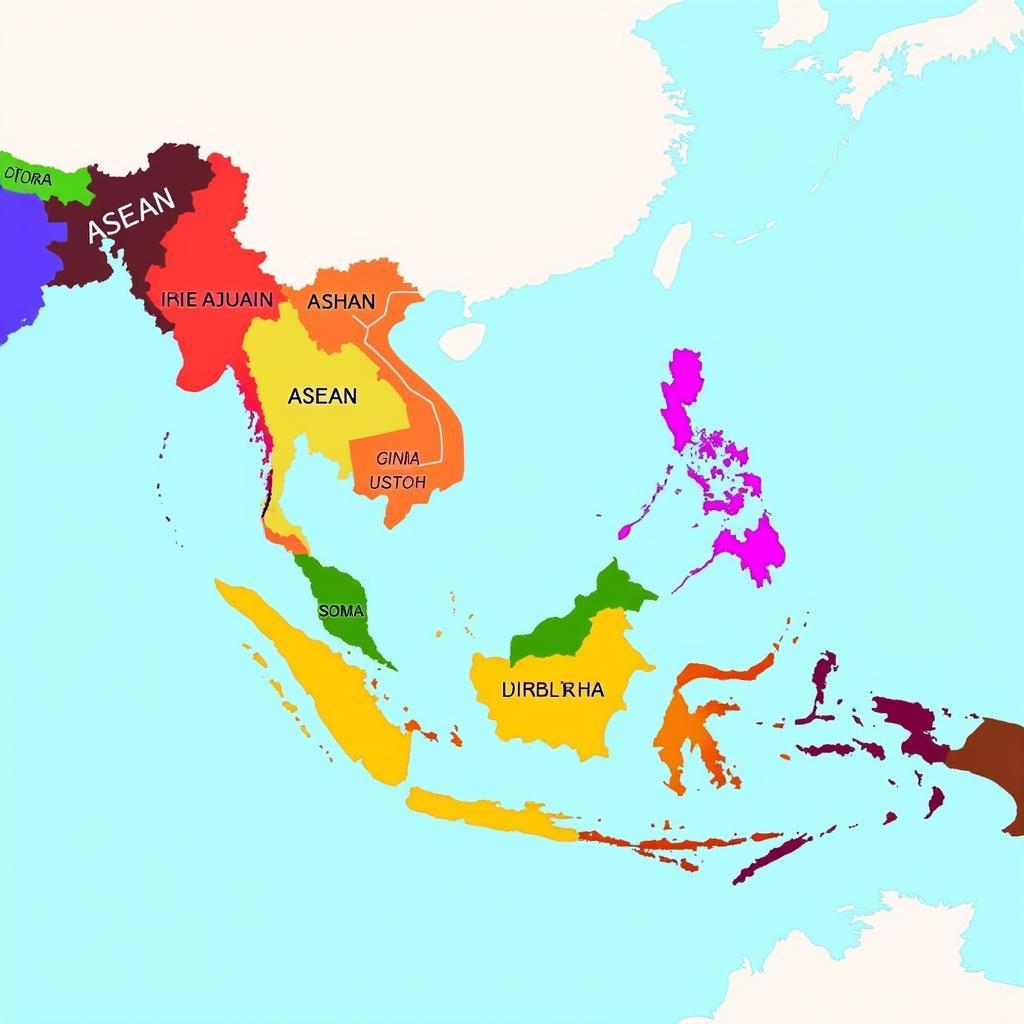Ase For Dummies? Don’t worry, understanding the Association of Southeast Asian Nations (ASEAN) doesn’t have to be complicated. This comprehensive guide will break down everything you need to know about this dynamic and influential organization, from its history and purpose to its impact on the region and the world. We’ll explore the key players, the challenges, and the exciting opportunities that ASEAN presents.
Southeast Asia is a vibrant tapestry of cultures, economies, and political systems. At the heart of this diverse region lies ASEAN, a political and economic union of 10 member states. Its primary goal is to promote peace, stability, and prosperity among its members and to foster cooperation in various fields. Understanding ASEAN is crucial for anyone interested in international relations, economics, or Southeast Asian culture. Let’s delve into the core principles and mechanisms of this crucial organization.
What is ASEAN and Why Does it Matter?
ASEAN was established on August 8, 1967, by five founding members: Indonesia, Malaysia, the Philippines, Singapore, and Thailand. Since then, Brunei, Vietnam, Laos, Myanmar, and Cambodia have joined, expanding the organization’s reach and influence. The primary goal of ASEAN is to accelerate economic growth, social progress, and cultural development in the region. It also aims to promote regional peace and stability through adherence to the rule of law and respect for national sovereignty. Why does this matter? Because a stable and prosperous Southeast Asia benefits not only the region but also the global community.
 ASEAN Economic Growth Chart
ASEAN Economic Growth Chart
How Does ASEAN Work?
ASEAN operates on the principle of consensus-based decision-making, meaning all member states must agree before any action is taken. This approach can be challenging at times, but it also ensures that all voices are heard and considered. The organization’s structure includes a summit of heads of state, a coordinating council of foreign ministers, various sectoral ministerial bodies, and a secretariat. These bodies work together to implement ASEAN’s programs and initiatives. Think of it like a well-oiled machine with different parts working together to achieve a common goal.
 ASEAN Organizational Chart
ASEAN Organizational Chart
ASEAN’s impact extends to various sectors, including trade, investment, tourism, education, and culture. The ASEAN Economic Community (AEC) aims to create a single market and production base, facilitating the free flow of goods, services, investment, skilled labor, and capital. This integration fosters economic growth and competitiveness, making Southeast Asia an attractive destination for businesses and investors. Imagine a region where businesses can operate seamlessly across borders, fostering innovation and creating opportunities for everyone.
ASE Martial Arts Supply Wholesale and Other Business Opportunities within ASEAN
The growth of ASEAN also opens doors for specific niche markets. Take, for instance, the growing interest in ase martial arts supply wholesale. This burgeoning market reflects the region’s rich martial arts traditions and the increasing demand for related products. As ASEAN continues to develop, more specialized sectors are expected to emerge, creating a dynamic and diverse economic landscape.
What are the Challenges Facing ASEAN?
Despite its successes, ASEAN faces several challenges. These include differing political systems, economic disparities among member states, territorial disputes, and the need to strengthen regional institutions. Addressing these challenges requires ongoing dialogue, cooperation, and a commitment to shared goals. Just like any family, ASEAN has its internal differences, but the strength of the organization lies in its ability to overcome these challenges through collaboration and understanding.
The Future of ASEAN
ASEAN has the potential to become a major player on the global stage. Its growing economic power, strategic location, and diverse population make it a force to be reckoned with. By continuing to strengthen regional cooperation and address its challenges, ASEAN can unlock its full potential and contribute to a more peaceful and prosperous world. Are you interested in learning about specific resources, such as ase air conditioning books? The growing ASEAN market provides numerous opportunities for specialized sectors.
ASE Entry-Level Certification Engine Repair Books and Future Skills Development in ASEAN
As ASEAN economies grow and diversify, the demand for skilled labor increases. This necessitates a focus on education and training to equip the workforce with the necessary skills for the jobs of the future. Resources like ase entry-level certificationengine repair books cater to this growing demand, providing valuable training materials for specific industries. Investment in human capital is crucial for ASEAN’s continued success.
Conclusion
ASE for dummies? Not anymore! This guide provides a comprehensive overview of the Association of Southeast Asian Nations, its purpose, its workings, its challenges, and its potential. Understanding ASEAN is essential for anyone interested in Southeast Asia, international relations, and the global economy. ASEAN’s journey is far from over, and its future holds immense promise.
FAQ
-
What does ASEAN stand for?
ASEAN stands for the Association of Southeast Asian Nations. -
How many members are there in ASEAN?
There are currently 10 member states in ASEAN. -
What is the main goal of ASEAN?
The main goal of ASEAN is to promote regional peace, stability, and prosperity. -
When was ASEAN established?
ASEAN was established on August 8, 1967. -
What is the ASEAN Economic Community (AEC)?
The AEC aims to create a single market and production base in Southeast Asia.
Common Scenarios and Questions
Scenario: A business owner wanting to expand into Southeast Asia.
Question: What are the trade regulations and investment opportunities within ASEAN?
Scenario: A student interested in studying abroad in Southeast Asia.
Question: What are the educational exchange programs available through ASEAN?
Further Exploration
For more information, explore articles on ASEAN’s role in international trade and the impact of its cultural diversity.
Need Assistance?
For support, contact us 24/7:
Phone: 0369020373
Email: [email protected]
Address: Ngoc Lien Village, Hiep Hoa, Bac Giang, Vietnam.

